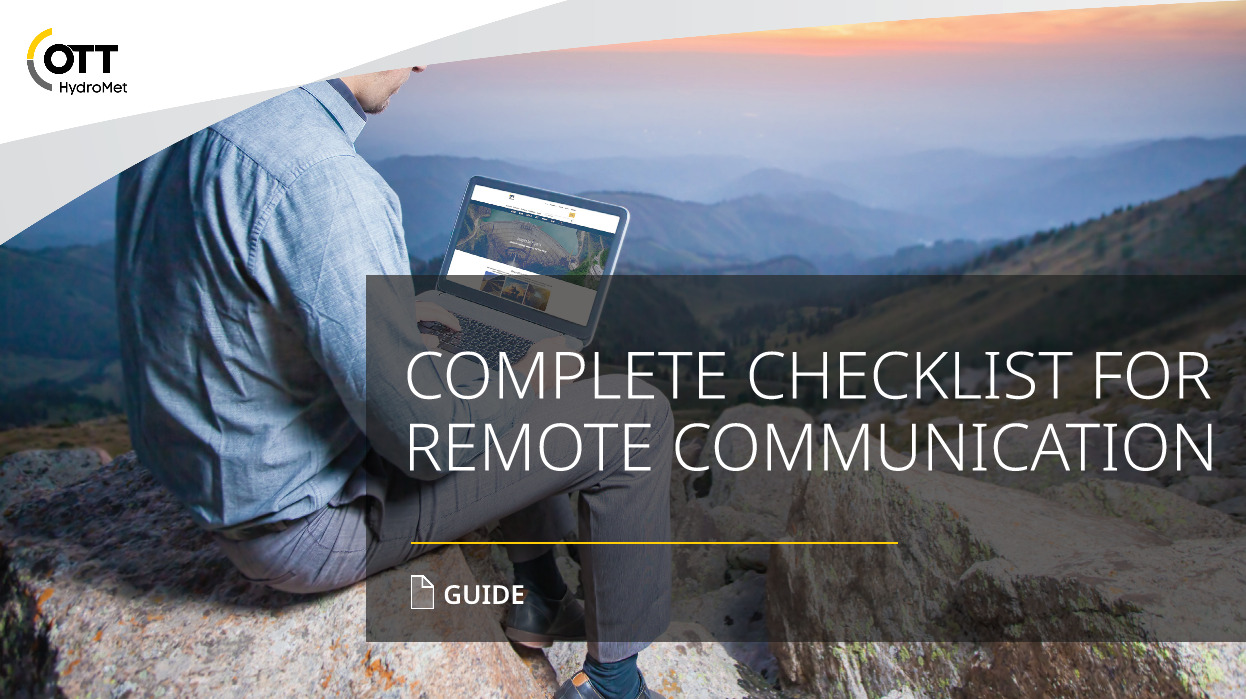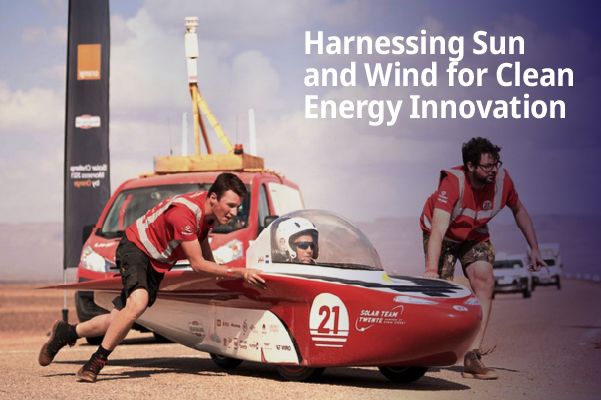There are many steps to maintain reliable, accurate surface water quantity data across your hydrology network, especially in the face of technology advances, changing regulations, and security updates. And when circumstances make it difficult to get out into the field, or when your team is limited on time or resources, maintaining a network can feel challenging.
Fortunately, remote data collection can be built into your networks to decrease the amount of time and capital necessary to collect the data you need.
Our new checklist outlines key things to consider when setting up remote communication, as well as its advantages, such as:
- Automatic alerts
- Data validation and QA/QC
- Staying up to date with security protocols
- Latest technology to consider like the SUTRON SatLink3 and SUTRON XLink 100/500




